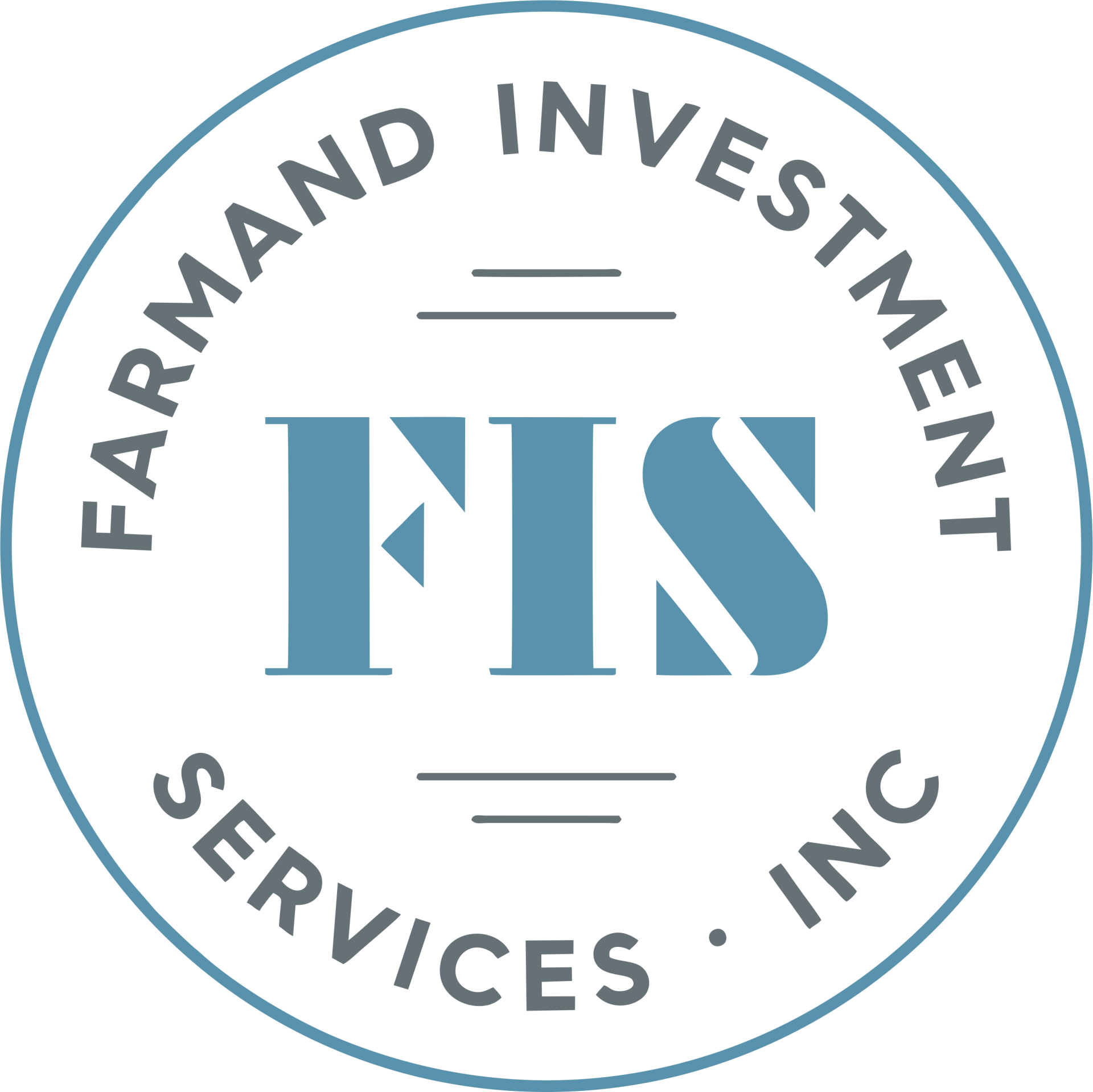QUARTERLY INVESTMENT UPDATE – 3RD QUARTER 2020
Dear Clients and Friends,
The core U. S. stock and bond markets are both in the positive for the year. That is astonishing given the lack of a definitive treatment or convincing deployment of a vaccine for COVID-19. This is even more impressive as the U.S. economy has sustained a drop in the gross domestic product for the second quarter of 9.0% and will be in a formal recession when we get the data for the third quarter. The S & P 500 is down from its September 2 nd high of 3580.84, worrying many traders who are now wondering whether that was as good as it gets.
The economic data largely continues to show that the U.S. recovery is not only underway but good. Consumer spending continues to rise, especially for goods and services that allow households to adapt to social distancing measures while still enjoying the summer with family and friends. The challenge for investors is to get past the concerns in the C-Suites of major companies, as measured by surveys from the New York Federal Reserve. Business leaders’ views of current conditions dropped from February to March and went off the cliff in April and May. This is completely understandable given the uncertainty surrounding the impact of COVID-19. Supply chains are still susceptible to interruptions, and order books are still at risk in some segments.
There is also an increasing level of uncertainty over potential changes in regulations due to the upcoming elections, which brings more questions into business decisions. Let us briefly discuss the various possibilities regarding the November 3 rd election, even as many around the nation have already voted or shall vote before that fateful Tuesday.
The House, Senate and the White House are all in play in the general elections, and the results could be as important for the economy and markets as the results of the 2016 general elections. We have always watched elections and more importantly, legislative, and executive activities when it comes to the markets and individual stocks and bonds. The government is the single-largest component of the U.S. economy, as measured by spending as a percentage of gross domestic product (GDP), and the hand of government can either be a major help or hindrance.
Single-party control of the House, Senate and White House can be either a major help, or nothing but trouble. This is the uncertainty risk in the market, as single-party control means that legislation will happen in 2021-2022. Republican sole control is not likely but Democratic control could mean a variety of legislation regarding tax code changes, healthcare rules and regulations, mandates for green energy and restrictions on fossil fuels which would negatively impact the petroleum industry. The bottom line is that the U.S. is a resilient nation and economy. Changes come, and we deal with them. All our portfolios are currently well placed for the various possibilities coming out of November 3.
U.S. bonds continue to be the best havens and are doing well with year-to-date returns outperforming the general S & P 500. Ultra-low interest rates and bond yields re benefitting corporations and allowing them to re-finance debts in both private placements and bond issues. In turn, this is adding to the bottom-line earnings. All the Fed actions have provided not just a surge in bond-buying, but a backstop for bond investors. The central bank will continue to hold its portfolio of credit assets for years to come, much like it did from 2009 into 2018. And it will continue to step up as it sees fit to buy any sort of asset to keep yields low and liquidity high. The result is that, just like U.S. stocks, U.S. bonds have performed very well. And with the Fed still confident inflation will not be an issue for quite a while, bonds continue to have value right now.
During the quarter, we primarily added to positions we already own that were dragged down by the stock market’s volatility. As far as new positions are concerned, we added small positions in Amplify Advanced Battery Metals and Materials ETF (BATT) and Thor Industries, Inc. (THO). As far as sales were concerned, we sold our entire position in Eastman Kodak (KODK) at a very nice profit after they announced that they will seek a $750 million loan agreement from the government. We still feel that Kodak has value and we may buy it back again in the future.
As far as our investment strategy is concerned, we continue to maintain our standard two-pronged strategy, which is to maintain a substantial exposure to common stocks (and mutual funds) as long as there is a reasonable prospect for double-digit returns. Furthermore, we will continue to take profits more frequently so that we could gradually increase our weighting in cash as well as the fixed income portion of our portfolios. During the quarter, we continued with our average asset allocation mix of 40% – 50% Equity, 40% – 50% Fixed Income and 0% – 20% cash for most of the portfolios.
We want to thank all of you for giving our firm the opportunity to serve you. We thank you very much for the trust and confidence you have placed in our firm as it is always appreciated. Please contact us should you have any questions or comments. Also, we want to invite you to visit our website at www.farmandinvestments.com for a quick Retirement calculator, our latest firm news and Market Commentary archives. We hope that you are keeping yourself and your loved ones and your community safe from COVID-19.

